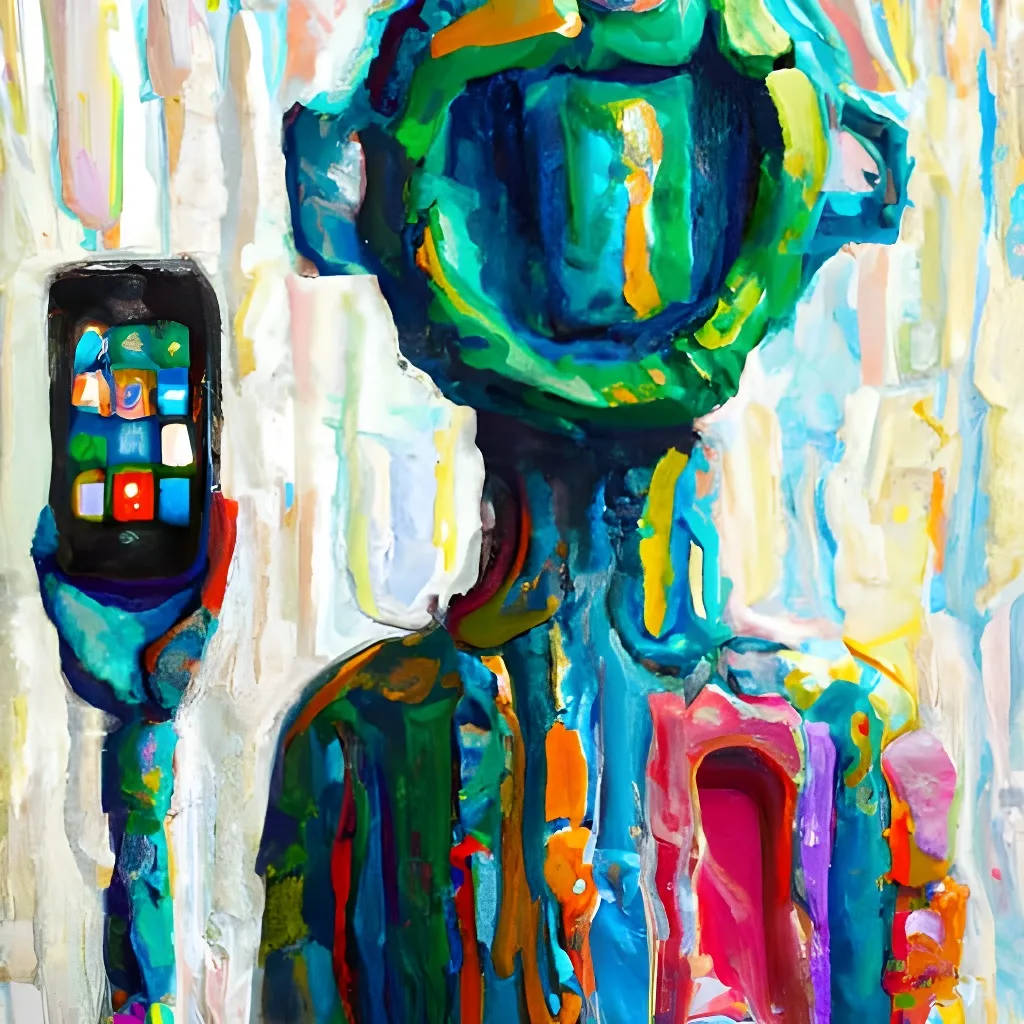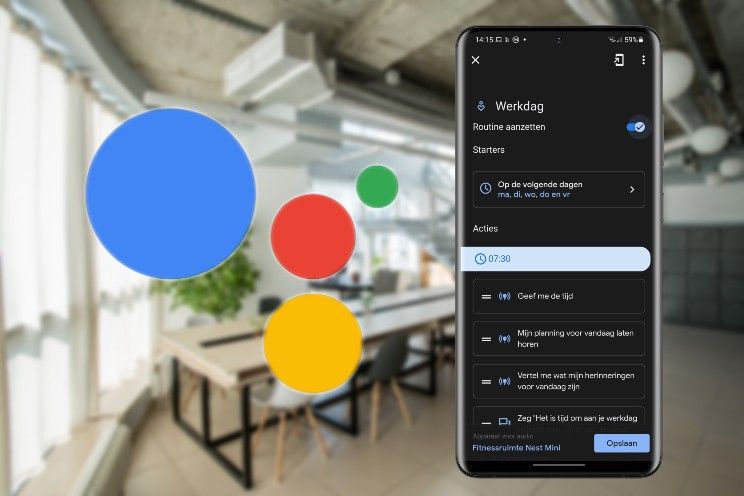Moore’s Law: When will our smartphone become smarter than us?
Moore’s Law means, according to futurologists, that computers will eventually become smarter than us. And that moment is not far away.
According to Nvidia CEO Jensen Huang, Moore’s law, an informal rule that the capacity of computers doubles every few years, has expired, according to his colleague from major competitor Intel. But computers will get faster and better in the coming years. When will they surpass man?
Contents
Our brain, a gigantic parallel computer
The nerve cells in our brain, the neurons, are very slow compared to computer chips. But there are a lot of them and they all work at the same time. That is why we can do certain things with our brains, which require a lot of computing power in computers. Or that they can’t match themselves.
In fact, this is why the level of human thinking has not yet been reached. But at the moment, at the end of 2022, we are very close to the moment when the information processing capacity of computers is equaling that of humans.
Moore’s Law
Since the 1950s, when the invention of the transistor made the modern computer possible, the technology has been developing rapidly. What Silicon Valley, at that time the place where computers were developed, mainly did was cram more and more transistors onto the same surface.
Because the technology has continued to improve, every 18 months we manage to install twice the number of transistors. This relationship is called Moore’s law after its discoverer. Since the 1950s until about 2020, this law proved to have great predictive value. The smaller transistors become, the cheaper and more economical. The result is that every few years you have a computer twice as good for the same money.
Nevertheless, the chip makers will soon run into problems, because we do not yet have femto technology. So we are bound by the size of an atom and it becomes difficult to build transistors that are smaller than 1 nanometer.
Why is Moore’s law so relevant?
Computers are machines for processing information, just like our brain does. The faster and better the computer, and the better the program, the better a computer is able to take over tasks from the human brain. Thinking games like checkers and chess were once thought to be forever out of the reach of computers.
At the moment, supercomputers are able to wipe the best players off the board with ease. Computers are also starting to approach or even surpass human skills in tasks such as facial recognition, translation, and even art creation.
The magic ingredient here is doubling the computing power every few years. In other words, Moore’s Law. Every job is a matter of processing information. If the computational capacity doubles, that means that the task can also be completed in half the time. And that complex tasks are also within reach.

What can we do that computers can’t do yet?
There is a list of things that humans can do, but computers cannot yet. Multitasking, explaining why they do something, making moral judgments, feeling empathy, taking initiative. That list is getting shorter and shorter. In 1997, chess grandmaster Kasparov’s pieces flew off the board, followed by 9-dan world champion Lee Sedol’s groups of go pieces in 2016. Both players retired.
Kasparov is now a leading Russian dissident, Lee retired from professional go in 2019. We don’t hear much from him, this kind and humble man may have collapsed. A victim of Moore’s Law, then. In 2022, an entry by an AI won an art contest, much to the anger of artists. All these things were called impossible in the years before. There is a clear lesson to be learned from this: do not underestimate artificial intelligence.
Neural chips make smartphones and computers increasingly smarter
Cameras are currently available that can recognize faces without the aid of a supercomputer. This also applies to Face ID in the latest phones from Apple, Google and Samsung. They use neural chips for this, for example Google’s Tensor chip. This is going pretty far. With more and more powerful neural chips becoming available, the day is not far away when our smartphones come close to the capacity of our brain.
Extrapolating Moore’s Law, Ray Kurzweil predicted that this point would be at the end of this decade, around 2029. While Moore’s Law is decelerating, it is still accelerating. So he wasn’t far off. The software is also getting better and better, allowing technicians to get higher performance from the same hardware.
Nor did Kurzweil at the time foresee the emergence of neural network processors that could mimic THE great advantage of the human brain, one hundred billion neurons working simultaneously. For that reason, 2025 to 2035 seems a realistic estimate.
Find out what all this will mean in this in-depth article from WaitButWhy. Recommended. And think about how you will live in the world of the future, in which we are no longer the only intelligence. As Gary Kasparov or as Lee Sedol?



